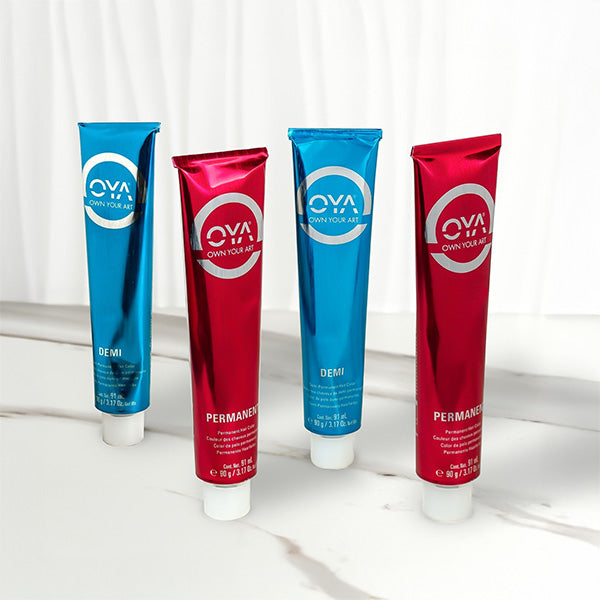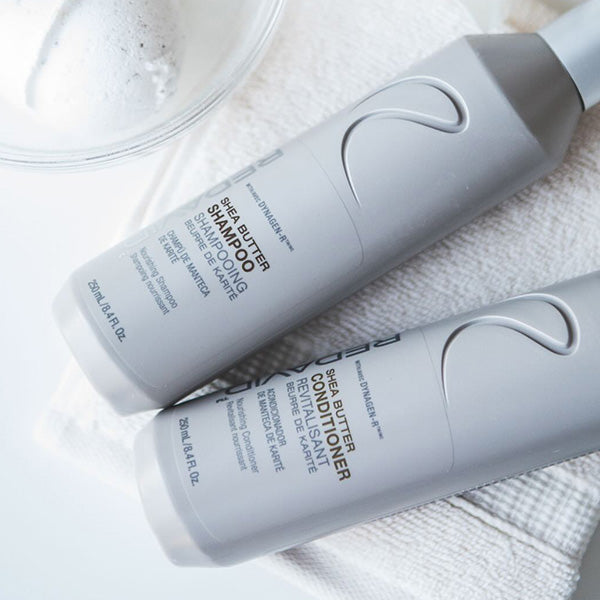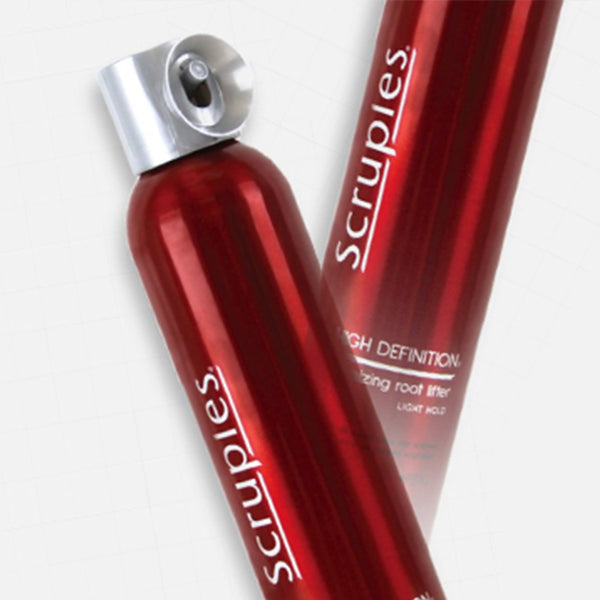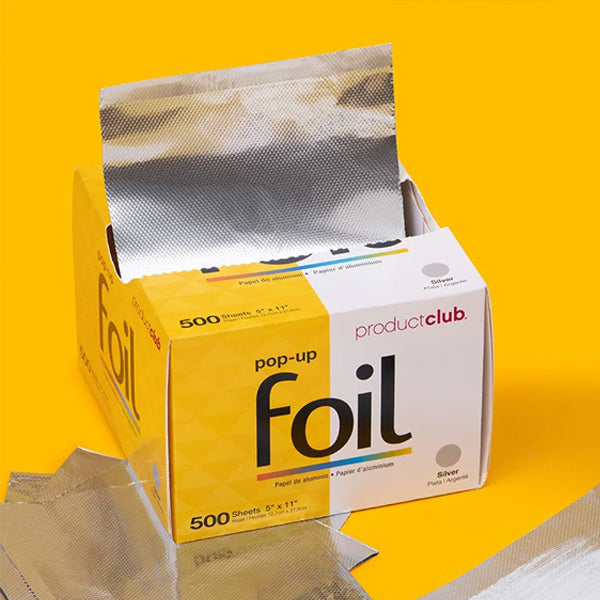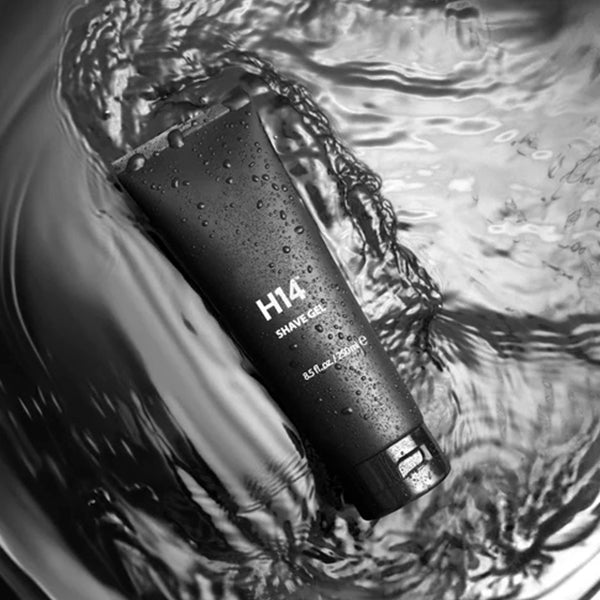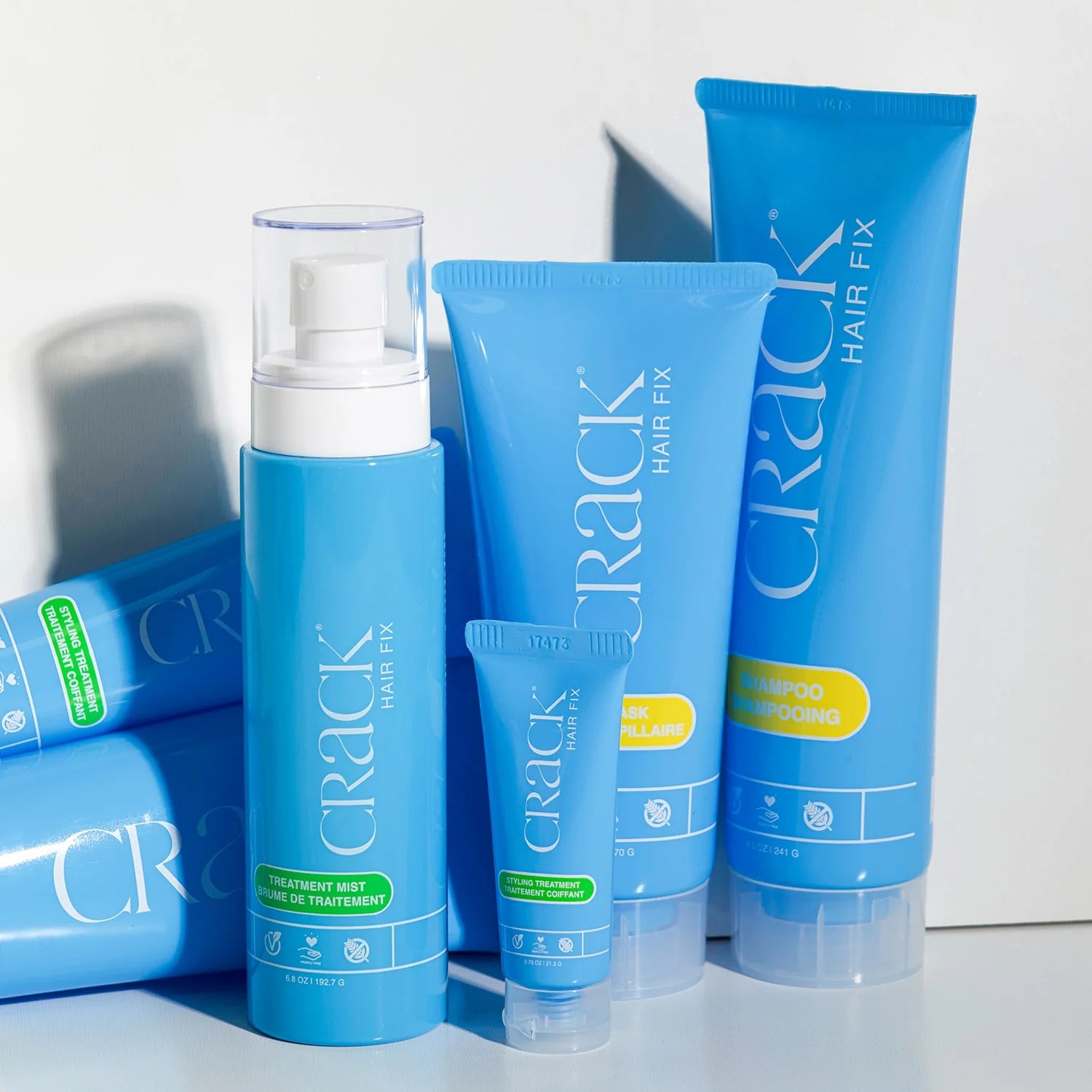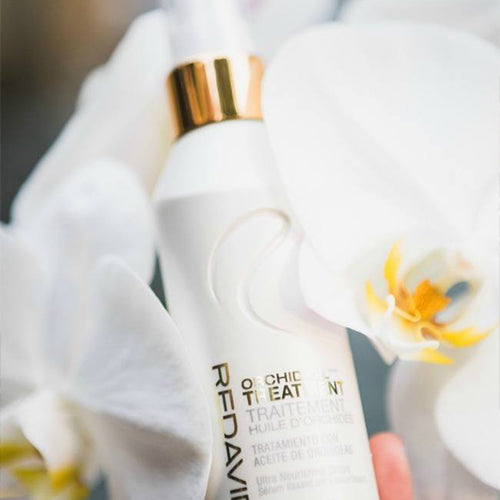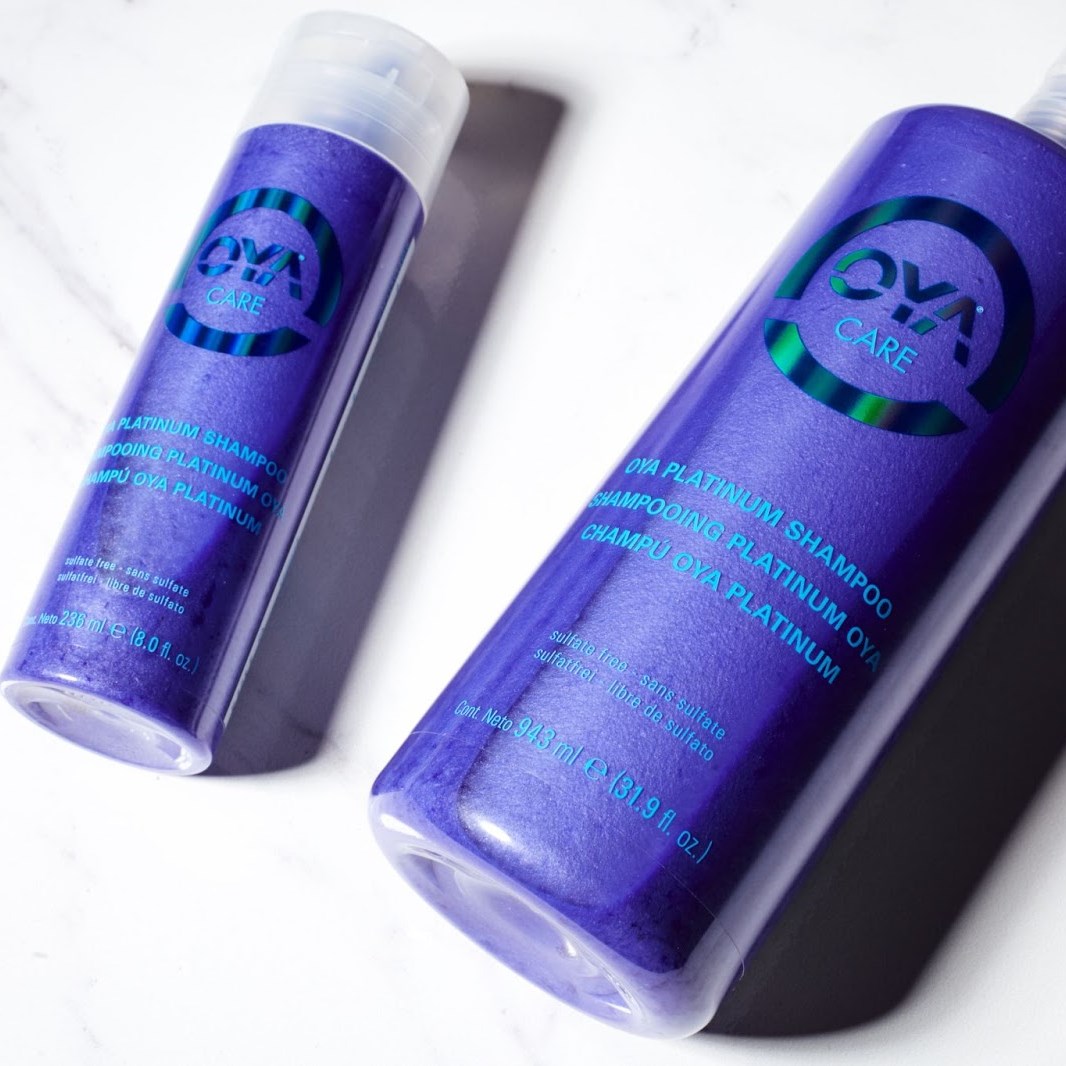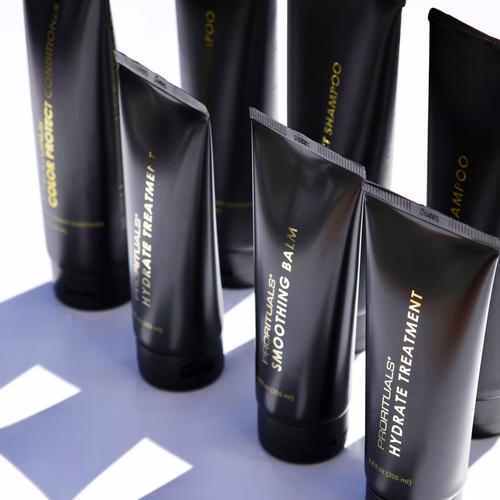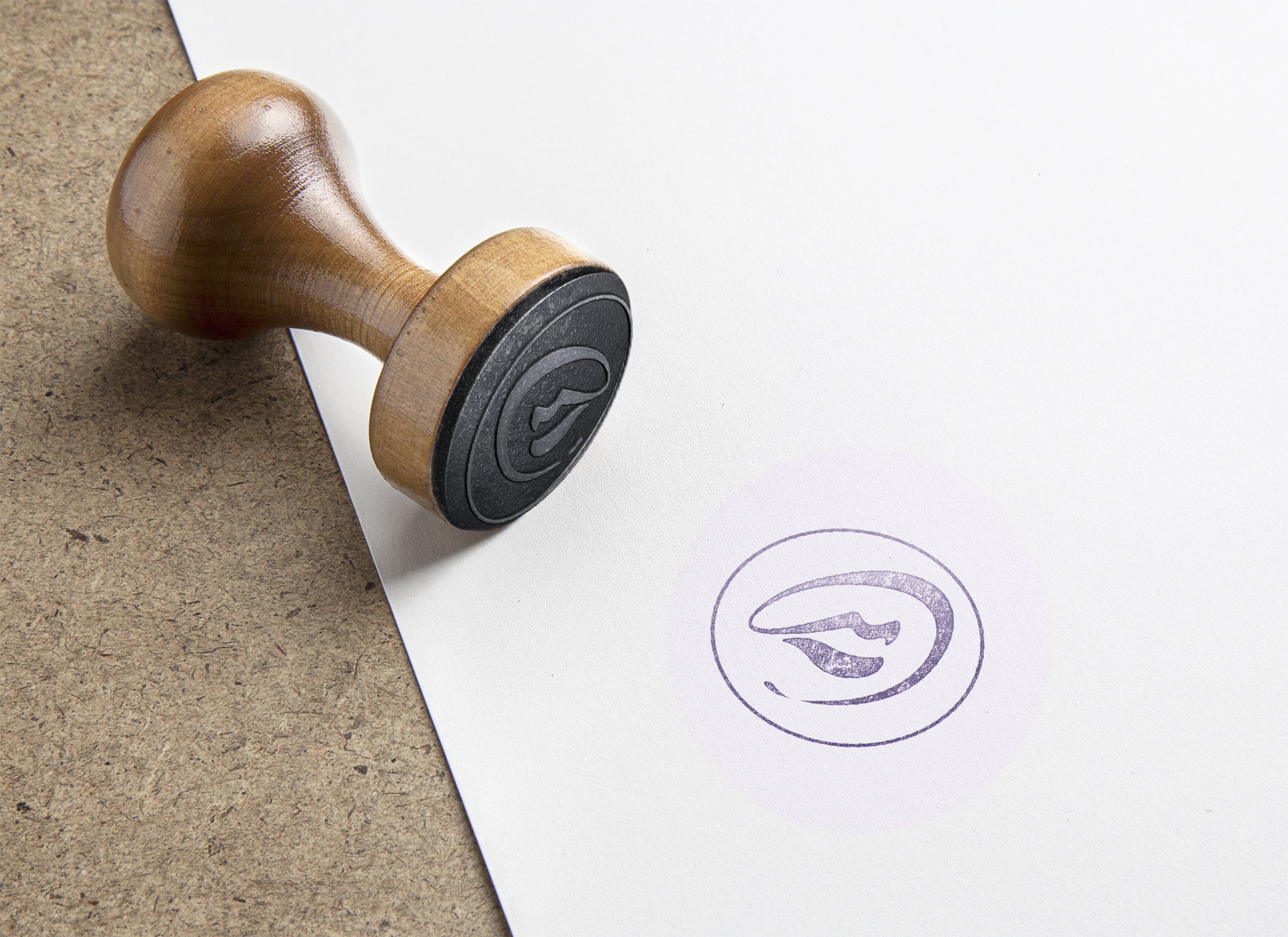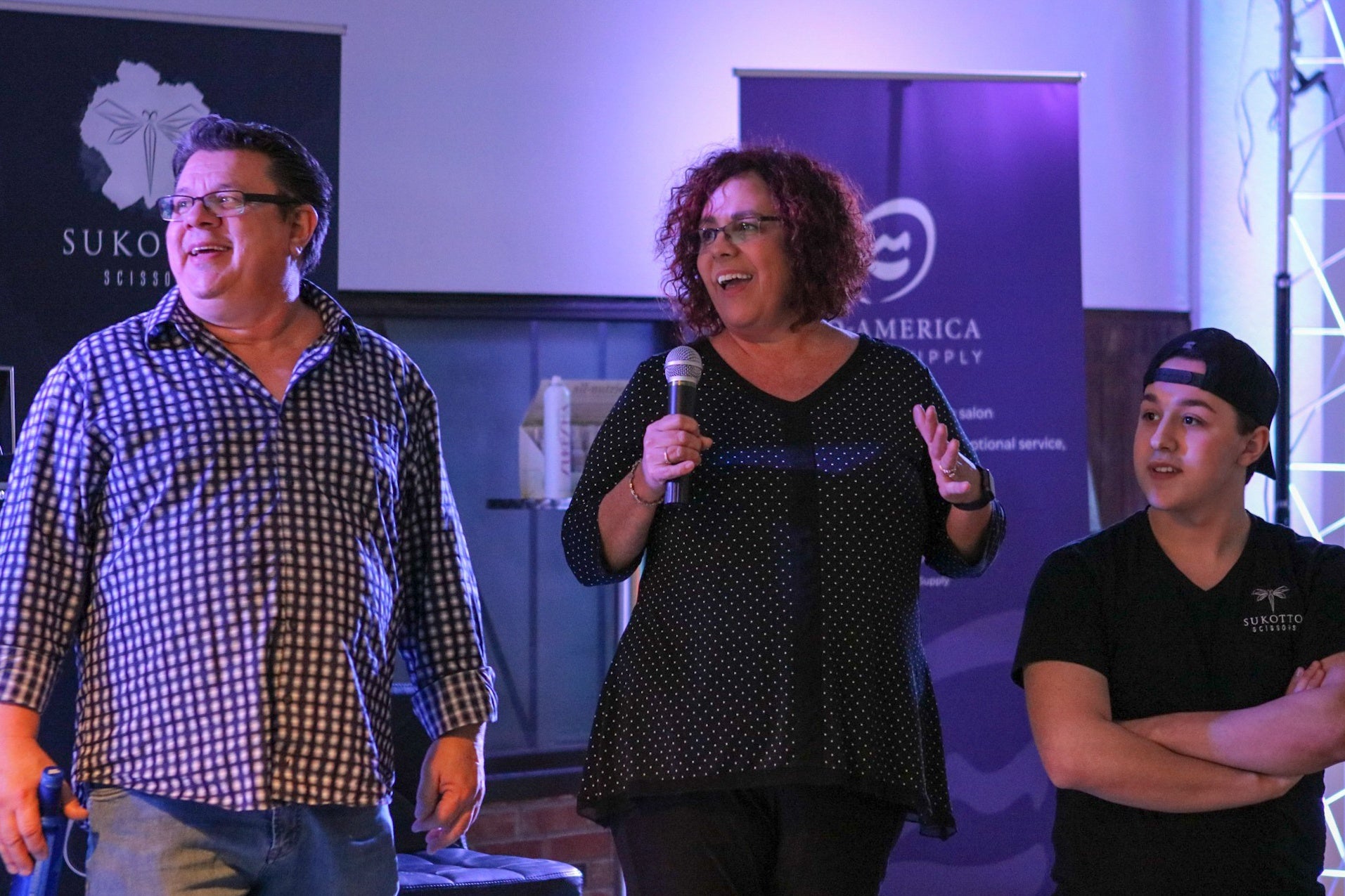Why Bleach Isn’t the Villain: How Technique, Not Product, Causes Most Lightening Damage
Bleach often takes the blame for compromised hair, but the truth is: bleach is just a tool. It’s not inherently damaging—misuse is. When stylists rush, overlap, misjudge timing, or skip essential prep and post-care steps, even the best lightener can wreak havoc. The good news? Controlled technique turns bleach from a threat into a precision tool for beautiful, healthy results.
1. Lightener Has No Intelligence—Only You Do
Unlike oxidative color, bleach doesn’t “stop working.” It keeps lifting until it’s manually rinsed or neutralized. That’s why timing is critical. Stylists who assume a one-size-fits-all processing window risk pushing the hair past its limit—especially on porous or previously lightened zones.
Technique tip: Always monitor visually and physically. Swell, dry-out, and heat exposure all affect how aggressively the product behaves.
2. Overlapping Is the Fastest Way to Cause Breakage
Every re-lightening service should begin with a full consultation—not just about the desired result, but about what’s already on the hair.
Even with bond builders, overlapping bleach on previously lifted ends creates compound damage.
Strategic painting, feathered transitions, and shadow root applications help minimize overlap while maintaining brightness.
Rule of thumb: If the hair doesn’t need more lift, don’t reapply bleach—tone instead.
3. Developer Volume Matters—A Lot
Stylists sometimes reach for high-volume developer to “speed things up,” but that shortcut causes more harm than good.
-
20 vol. with heat can lift faster (and more controllably) than 40 vol. with none.
-
Higher volume creates more swelling, more cuticle disruption, and less time to catch over-processing.
Know your canvas: fine hair, compromised ends, or curly textures often respond better to low-and-slow formulas.
4. Neglecting Pre-Treatments Leaves Hair Vulnerable
Bleach works better on hair that’s been:
-
Clarified to remove buildup
-
Equalized with porosity sprays or protein fillers
-
Protected with bond additives that support internal strength
Skipping these steps may save five minutes—but cost months of recovery.
5. The Role of Heat: Friend or Foe?
When used properly, indirect heat can help lift stubborn hair gently. But uncontrolled or uneven heat application creates hot zones that accelerate damage.
Technique tip: Avoid using foil and a hooded dryer unless you’re closely monitoring every section. The combination intensifies lift unpredictably.
6. Rinse, Rebalance, Rebuild
Bleach doesn’t stop lifting the second it’s rinsed. If not followed by:
-
A gentle cleanse
-
A pH-balancing treatment
-
A deep conditioner or bond-repair product
…residual alkalinity continues to disrupt the cuticle, causing dryness, porosity, and fading.


